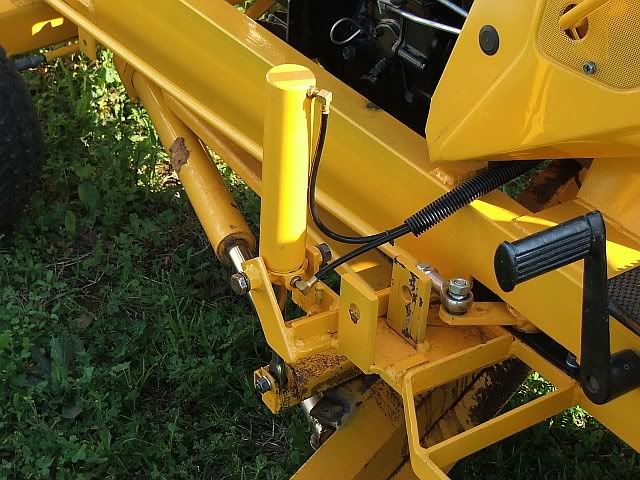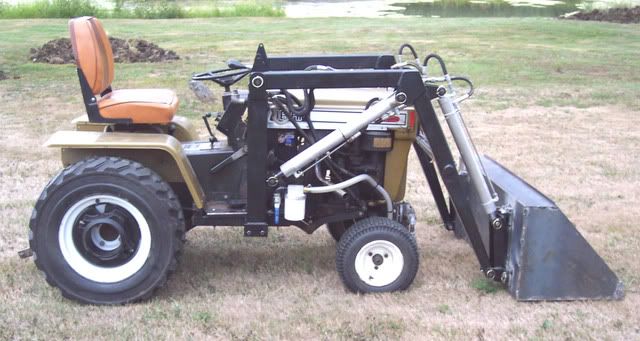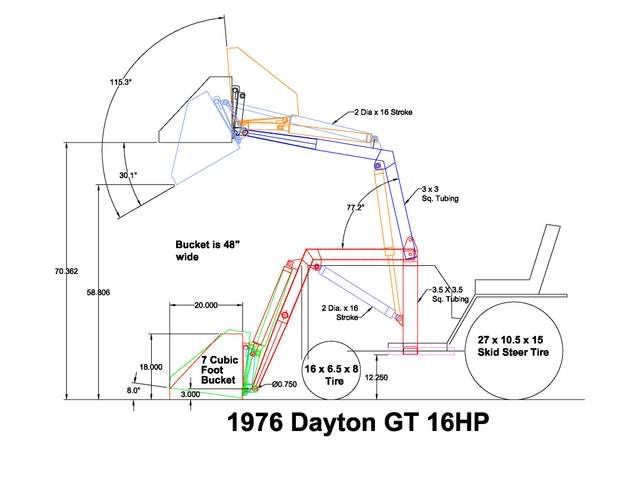Brad_Blazer
Veteran Member
I guess i'm not 100% with this thinking. The loader frame is 6' from the mounting point where it attaches to the bucket. When the bucket contacts an immovable object the stress is at the end of the tube near the bucket. this is where the bend is most likely to take place. My bobcat has very narrow tubes near the end and that is where they moved back ( bent ). Now the only solution I can come up with is to cut, reinforce, and reweld. I believe the fancy designs for the loader frame is to save steel and astetics. I'm not cutting and slicing when I build mine. I will take the slight extra weight and have it strong where it needs to be. And.............. I'm not a junior engineer, just practical with some common sense who hates to redo screw ups.
I think in the case of ramming a skidsteer bucket into an immovable object, it becomes a combined stress issue where the short downturned ends of the skidsteer arms experience a lot of shear in addition to the bending force both which were really due to compression of the curved arms with very little lifting involved. That's why dozers have straight arms designed to act in compression. If the skid-steer arms were constant cross-section they would have bent in the middle. Since they are tapered the ends were the weakest point for the load condition you applied. Of course it is impossible to optimize the design for every load condition. It sounds like something had to give. You should be thankful the damage was confined to the ends.
The arms are designed to save steel. It saves money and fuel and increases lifting capacity. Aren't you glad your limbs are tapered? If your calf muscles were the size of your glutes how fast could you run?




